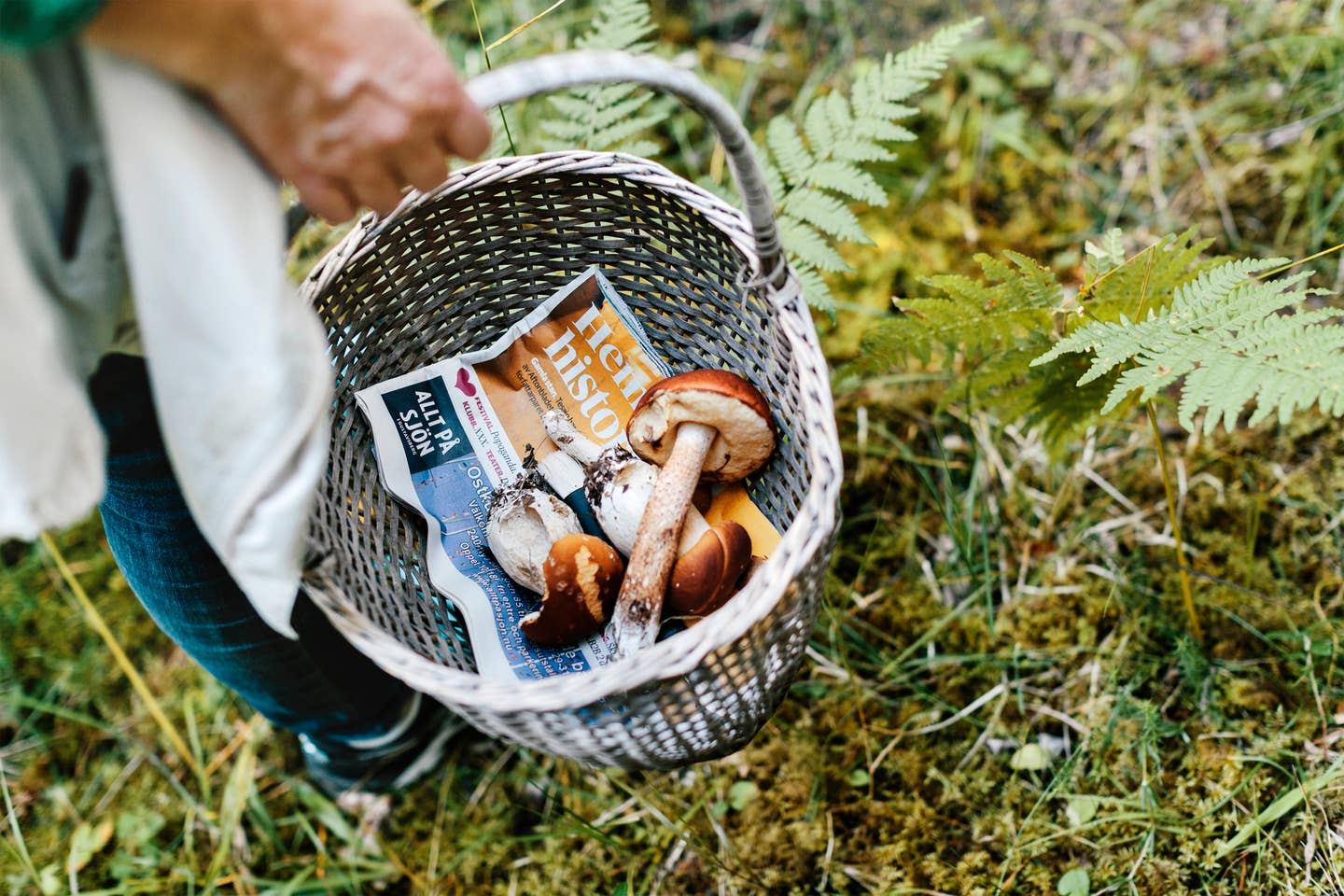
The Best Travel Destinations Around the World To Go Foraging
One of the best ways to discover a new destination is through its cuisine. On your next trip, opt for a hands-on experience by foraging for native vegetables, fruits, and herbs. Seeing how different plants grow in the wild helps us cultivate a deeper appreciation of the origins of our food. It’s fascinating (and useful!) to learn about which plants are edible and discover all of the varieties of different foods.
Travelers seeking locally-led authentic experiences will enjoy these forage-to-fork programs where they can learn about Indigenous produce at hotels and tours around the world. Culinary teams are inviting travelers to join them for nature walks to discover the origins of our food and to harvest it straight from the source. Here’s where you can go foraging around the globe.
Search for the Heart of Palm with a Mayan Farmer in Punta Gorda, Belize
Join a Mayan farmer for a two-mile walk through the wild woodlands in search of the palm tree which provides a heart of palm. On the foraging tour at Copal Tree Lodge, you’ll have the chance to whack at the tree with a machete until you reach the center to retrieve the heart of palm. Back at the eco-resort’s open-air restaurant, you’ll enjoy your bounty prepared as a fresh salad with local herbs.
Forage for Wild Plants with Iban Tribes-people in Brunei
Gather food in the forest with a member of the Iban tribe that operates Sumbling Eco Village in Brunei. During the tour you’ll come across poisonous plants, so don’t go tasting anything without proper guidance. Collect edible mushrooms, jungle ferns, and cassava leaves which will be sauteed for you for a simple yet delicious dinner.
Pick Edible Plants with a chef in Dominica
Join Zing Zing’s chef on his daily nature walk to harvest ingredients. Pluck edible hibiscus flowers and wild herbs including moringa, sorrel, and bay leaves for seasoning. After your stroll through the Secret Bay gardens, you’ll head to the kitchen, where the chef will teach you how to prepare unique dishes with your findings before enjoying the backyard-to-table meal.
Go Foraging for Seaweed in California
If you’re taking a road trip along California’s Highway 1, don’t miss a pit stop in San Luis Obispo County on California’s Central Coast for a seaweed foraging tour with Marley Family. Be prepared to get wet, you’ll be climbing over craggy rocks and searching in the sand for seaweed. After foraging, enjoy a seaweed ramen bowl prepared with your bounty right on the beach.
Look for Edible Wild Plants in Asheville, North Carolina
No Taste Like Home is the largest foraging tour company in the world and is based in Asheville where there are over 300 wild edibles to be devoured. Join a gathering group on a 3-hour foraging tour before cooking up your findings to sample the local flavors. Once you find an ingredient you love, you can bring the rest of the food you foraged to select local restaurant partners who will whip up a dish using the ingredients you picked for free.
Discover Wild Mushrooms in the Blue Ridge Mountains
Get a little dirty and join the Barnsley Resort’s ‘Garden-to-Table’ culinary program in Adairsville, Georgia. During the nature walk through the foothills of the Blue Ridge Mountains, a certified mushroom guide will help you identify and forage wild mushrooms such as morels, ramps, chicken of the woods, hedgehog mushrooms, golden chanterelles, oyster mushrooms, bear's head tooth, the king bolete, and more.
You may think iron is synonymous with meat, and while animal protein certainly has it, that doesn’t mean you can’t get enough iron if you eat a mainly plant-based diet. In fact, you can, if you know the right foods to choose and how to pair them. The daily recommendation from the National Institutes of Health (NIH) for iron intake is 18 milligrams (mg), but not all iron sources are created equal. Here’s what plant-based eaters need to know about iron and which iron-rich foods are best to help reap the benefits.
1. White Mushrooms
1 cup cooked = 3 mg iron (17% daily value (DV))\There are many reasons to eat mushrooms on the regular, but their meaty texture (try a Portobello cap as a meat replacement for a burger!) and ample protein are two of the highlights. Add them to your stir-fry, tacos, or even instead of meat in a faux Bolognese sauce.
2. Lentils
1/2 cup = 3 mg iron (17% DV)You don’t need to eat a huge serving of lentils to get a hearty dose of iron. Just a half-cup provides close to 20% of the iron you need in a day. Just like mushrooms, lentils have a meaty texture that works well in burgers, tacos, or grain bowls.
3. Potatoes
1 medium potato = 2 mg iron (11% DV)The poor potato has gotten such a bad rap. Fear of this carb-rich spud is unwarranted because it’s actually an affordable and delicious source of iron and potassium. So go ahead and have that hash, baked potato, or potato soup and leave the skin on for some added fiber.
4. Cashews
1 ounce = 2 mg iron (11% DV)Most nuts contain iron, but cashews are a standout because they have less fat than some of the other nuts. One ounce of cashews (about 16 to 18 nuts) has 160 calories, 5 grams of protein, and 13 grams of fat. Add a handful of cashews to smoothies, soups, or sauces for some extra creaminess.
5. Tofu
½ cup = 3 mg (15% DV)Not only does tofu have plenty of protein and calcium, but it’s also a good source of iron. It’s very versatile and takes on the flavor of any sauce or marinade, making it a great meat substitute.Keep in mind that you can easily get the iron you need from a plant-based diet.
More From The Beet






